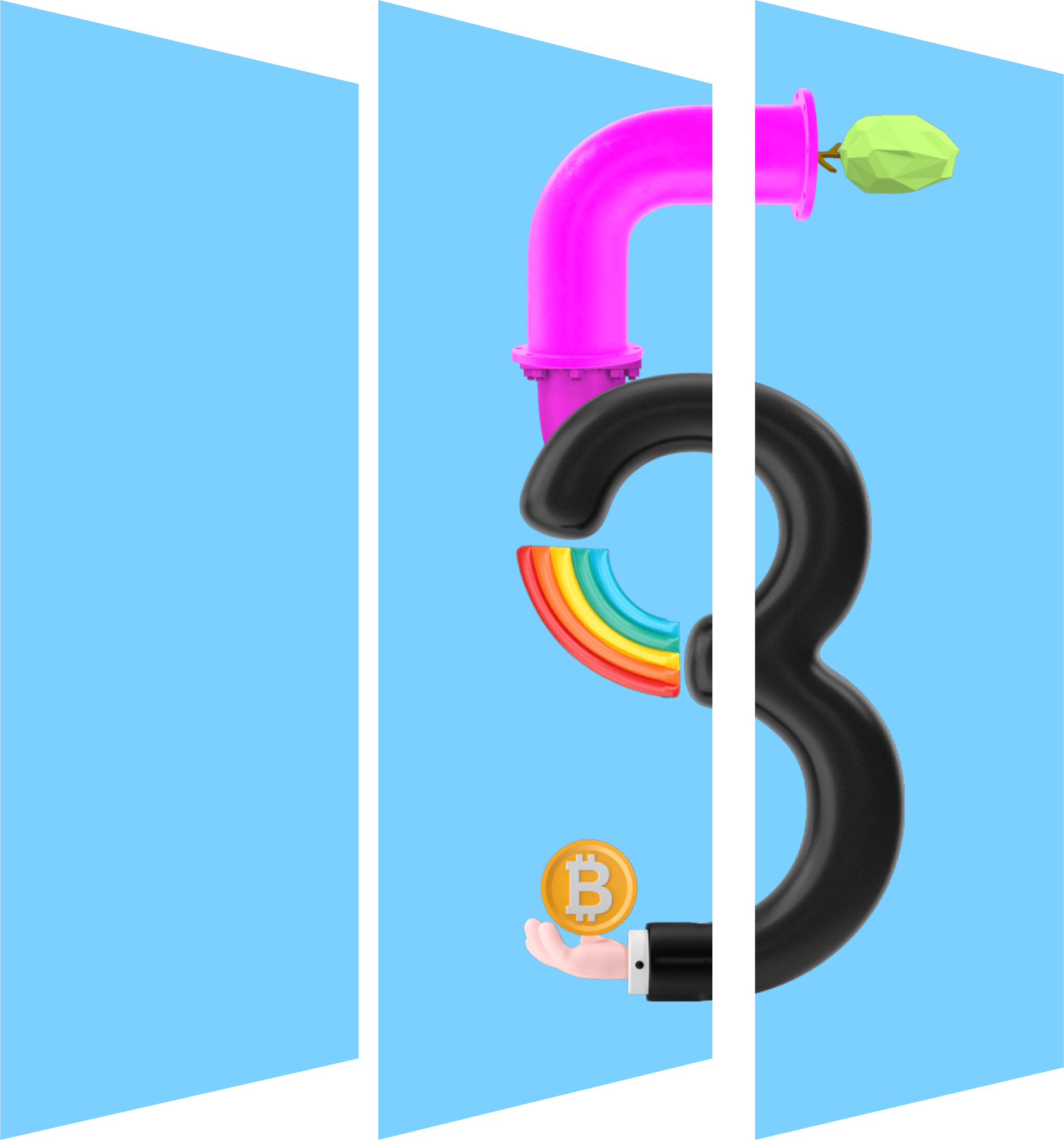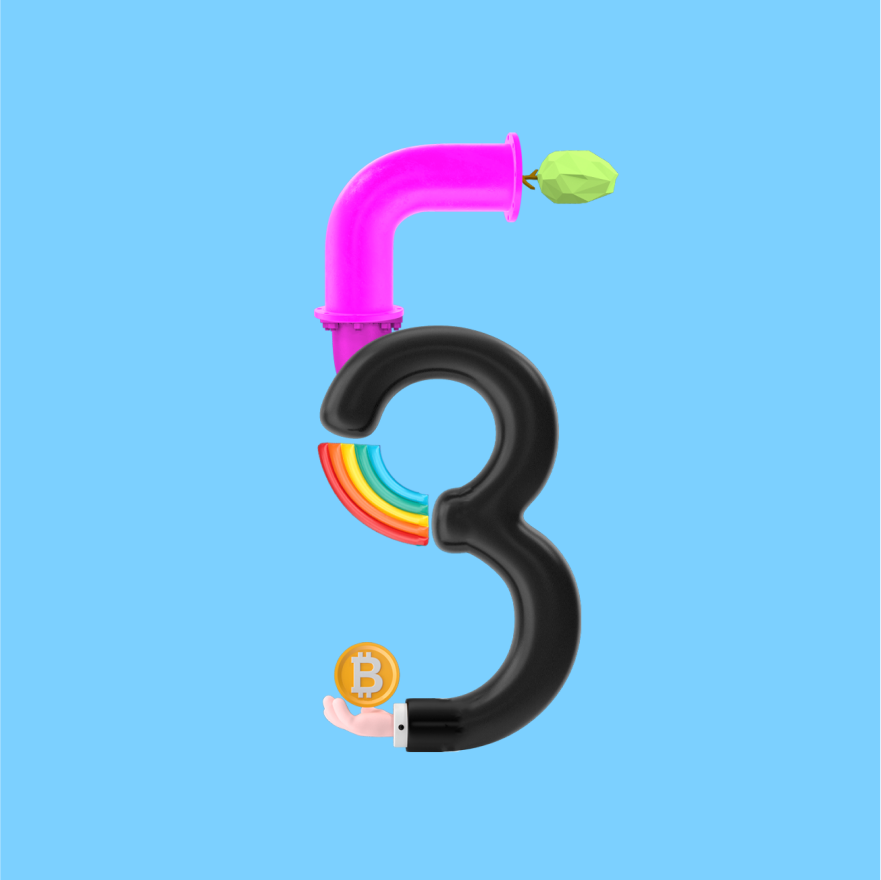
Can I use someone else’s art in my NFT?
Select jurisdiction
India
No you cannot use someone else’s art in your NFT, without their permission, as this would
amount to copyright infringement.
The first rule of thumb when minting an NFT is to ensure that the underlying artwork is
original, and unique and that it belongs to you or that you have permission to use it. Minting an
unoriginal artwork and stealing somebody else’s art to mint an NFT would be considered
copyright infringement and will attract the penal provisions of law, including a monetary fine
and/or imprisonment. There is one exception to this rule, i.e. the doctrine of fair use. However,
fair use is precarious to prove and often murky, so it is best avoided.
If you want to mint artwork that: (a) incorporates another artists’ work, or (b) has been created
in collaboration with another artist, you will first need to get permission from that artist.
You must also make sure that the underlying artwork of the NFT was not commissioned by
somebody else. For artwork that is commissioned by someone else, or created during your
employment, you may not be the owner of the intellectual property rights and would therefore
be restricted from minting an NFT from it, or would need permission to do so.
Further, if you do happen to own the underlying artwork but you have previously licensed or
transferred your rights in the underlying artwork to somebody else, it would be optimal to review
your contracts with the licensee / transferee before minting an NFT from that artwork.
Greece
Under Greek law, no formalities are required for the registration of intellectual
property rights – these are granted by law if the artwork is characterized of
“originality”, as interpreted by case law. If the artwork is original, then copyright law
applies and the author must provide a written licence or transfer of his copyright so
that you can use his work. However, there are some exceptions by law that may allow
use of part of the work in the final work associated with the NFT, but it is
recommended that you avoid using another’s copyrighted work without prior
permission to create a NFT.
Brazil
When NFT is used to represent a previous work, it is necessary to verify who created it and obtain written or declared (expressed) authorization, pursuant to Law 9.610/98 (Copyright Law). It is also necessary to verify who has the exploitation right, as there may be a chain of rights between authors and holders.
Austria
For most instances, not only physical art but also digital art is subject to and protected under
copyright law. The Austrian Copyright Act governs whether and if so on what legal basis someone,
who is not the creator of a work of art, is allowed to e.g. use/display/distribute (exploit) works of art.
Such exploitation rights generally lie with the creator of the work of art, thus, as argued in legal
literature, if the creation (minting) of a NFT should constitute an exploitation of the artwork, only the
creator or someone holding the proper copyright would have the legal grounds to do so.
While there is no prevailing view, Austrian legal literature argues that the minting could constitute an
exploitation as inter alia reproduction or communication to the public. However, whether the NFT
incorporates the actual digital art or merely a URI to the online centralized or decentralized storage,
will mainly define the legal qualification of the minting. While there is an argument that the link to an
already legally online-published work of art will not constitute an exploitation under the Austrian
Copyright Act, uploading the art to an online-storage and making it available via a NFT could likely be
considered as an exploitation. In any case, a legal qualification would only be possible on a case-by-
case assessment. Thus, one would be advised to secure the relevant copyrights to someone else's art
before creating a NFT. Furthermore, it needs to be considered that someone else's art can be
additionally protected under e.g. trademark law or competition law.





